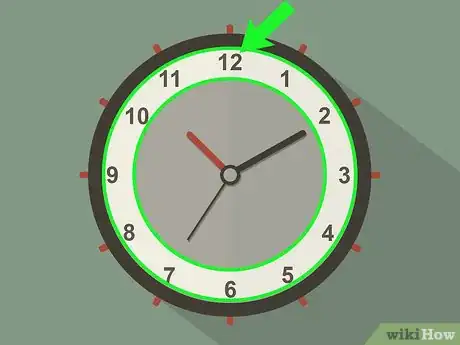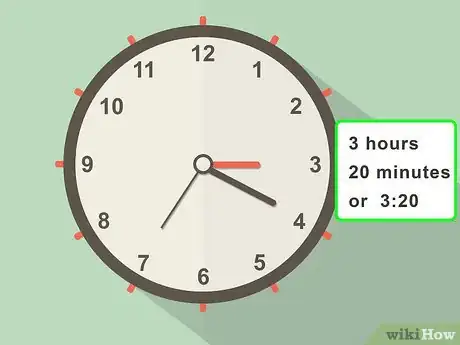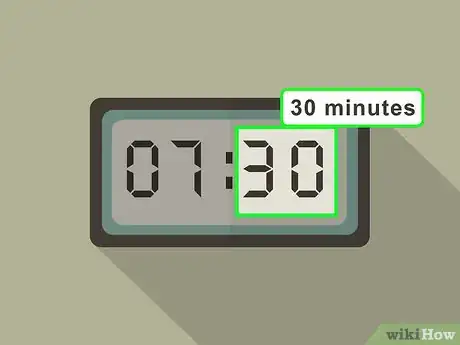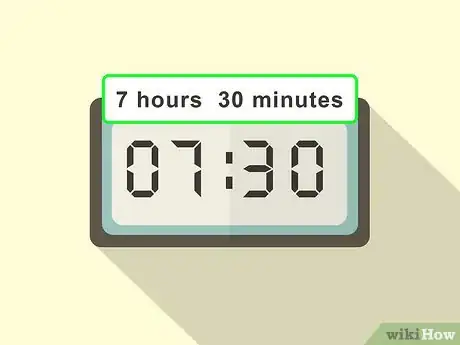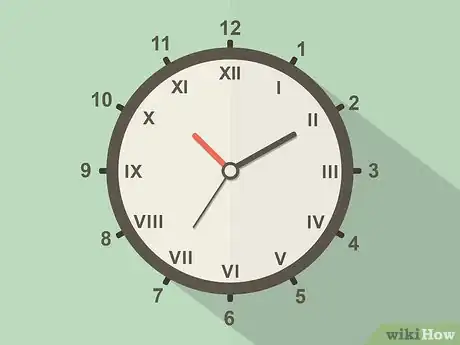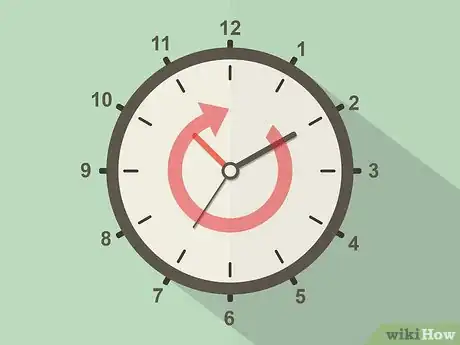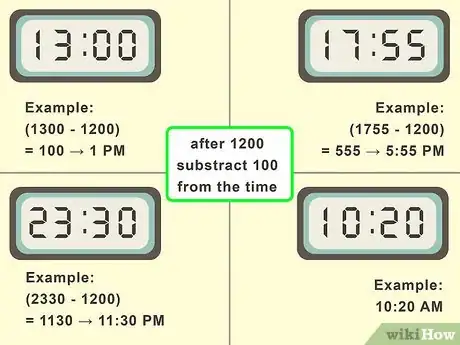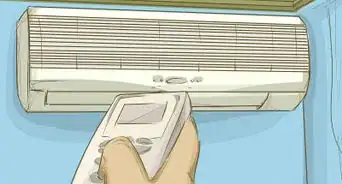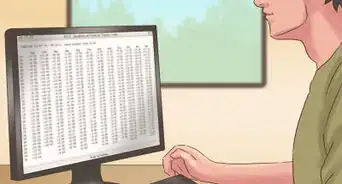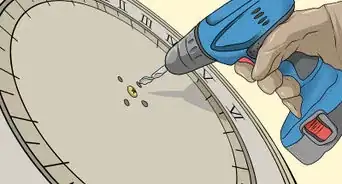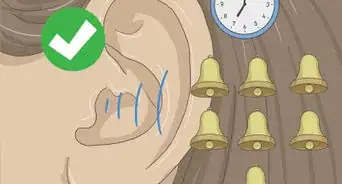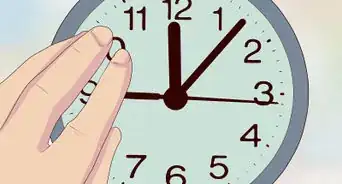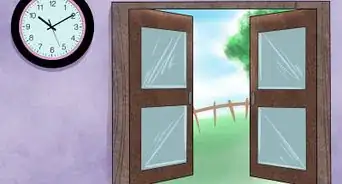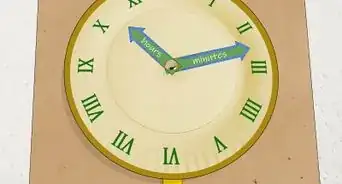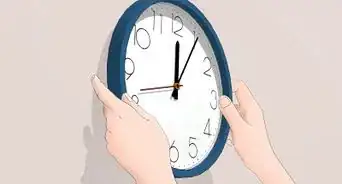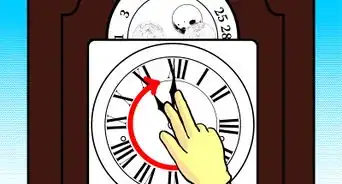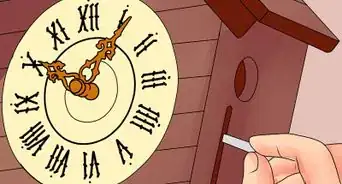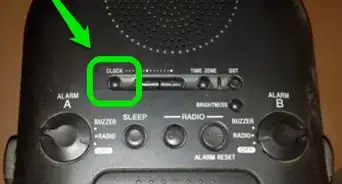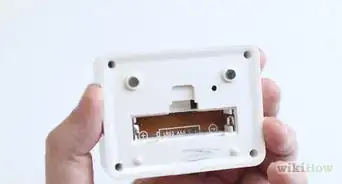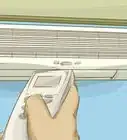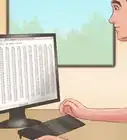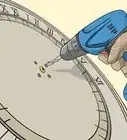This article was co-authored by wikiHow Staff. Our trained team of editors and researchers validate articles for accuracy and comprehensiveness. wikiHow's Content Management Team carefully monitors the work from our editorial staff to ensure that each article is backed by trusted research and meets our high quality standards.
This article has been viewed 850,019 times.
Learn more...
Reading a clock is a skill that's easy to master with a little time and effort. Analogue clocks are divided around a circle and reading the minute and hour hand individually helps you tell time. With a digital clock, you simply read the hour and minutes. With things like Roman numerals and military time, things can get confusing. However, you can decipher this with a little work. With some practice, you'll be reading clocks with ease.
Steps
Reading an Analogue Clock
-
1Learn how a clock is divided. A clock is divided into 12 sections. On top of the clock, you will see a "12." To the right of the "12," you will see a "1." If you follow the numbers, going right or "clockwise," they will move from "1" to "12."[1]
- The numbers marking each sections are the hours.
- The sections between numbers are divided into 5-minute segments. Sometimes, there are tiny lines running along the clock dividing these segments.
-
2Use the little hand to read the hour. Clocks have 2 hands: a little hand and a big hand. The little hand marks the hour. Whichever number it's pointing to is the hour of the day.[2]
- For example, if the little hand is pointing to "1," it's in the 1 o'clock hour.
Advertisement -
3Use the big hand to read the minutes. Take the number that it is pointing to, and multiply it by 5 to get the minutes. When it is pointing to the "12," it is the top of the hour. If the big hand is an a mark between the numbers, count the marks, then add them to the minutes (clock number times 5). For example:[3]
- If the big hand is pointing to "3," you'll know that it is 15 minutes past the hour.
- If the big hand is pointing to "12," it is the top of the hour. Read whatever number the little hand is pointing to.
- If the big hand is between "1" and "2," note what dash it is pointing to. For example, if it is on the 3rd dash after the "1," it is 8 minutes past the hour. (1 x 5 + the number of dashes).
-
4Put these together to get the time. Once you've found the hour and the minutes, you can tell time. For example:[4]
- If the little hand is pointing to "1" and the big hand is pointing to "12," it is "one o'clock."
- If the little hand is pointing to "1" and the big hand is pointing to "2," it is "one-ten" or "ten minutes past one."
- If the little hand is pointing to "1," and the big hand is half-way between the "2" and "3," it is around "one-twelve" or "twelve minutes past one."
-
5Differentiate between AM and PM. You can't tell AM or PM by reading a clock. You have to know the time of day. From midnight to noon the next day, the time is in AM. From noon to midnight, the time is in PM.[5]
- For example, if it's early in the morning and the little hand is pointing to "9" and the big hand is pointing to "12," it's "9 o'clock AM."
Reading a Digital Clock
-
1Read the first number to determine the hour. A digital clock is made up of 2 numbers separated by a colon. The first number on a digital clock marks the hour.[6]
- For example, if the first number reads "2," it's in the 2 o'clock hour.
-
2Read the second number to determine the minutes. The second number on a digital clock, found after the colon, marks the minutes into the hour.[7]
- For example, if it reads "11," it is 11 minutes into the hour.
-
3Put these together to get the time. Once you have both the numbers, you should be able to tell the time. If the clock reads "2:11," this means the time is "two-eleven" or "eleven past two."[8]
-
4Determine if it's AM or PM. Some digital clocks will say if it's AM or PM somewhere on the clock. In the absence of this label, remember time of day. Times are marked as AM if they fall between midnight and noon. Times are marked as PM if they fall between noon and midnight.
Dealing with Variation
-
1Learn roman numerals. Some clocks are marked by roman numerals, so learn roman numerals 1 to 12. An "I" is counted as 1, a "V" is counted as 5, and "X" is counted as 10. If a symbol appears before another symbol, it's subtracted from the value. If a symbol appears after another symbol, it's added to the value.
- 1 to 3 are simply written as "I, II, III."
- 4 is written as "IV." The "I" subtracts 1 from the "V" (which symbolizes 5), adding up to 5.
- 5 is then marked by a "V" and the numbers leading up to 10 are marked by adding "I" symbols. The number "VI" is 6, "VII" is 7, and so on.
- 10 is marked by an "X." Eleven and 12 are marked by adding to the "X."
- 11 is written as "XI" and 12 is written as "XII."
-
2Read a clock without numbers. Not all clocks have numbers. They may have symbols marking the hours instead. Starting at the top of the clock, mentally mark this as twelve. Then, move to the right and count "1, 2, 3, 4..." and so on. This will help you determine which hour each symbol marks.[9]
-
3Convert military time to civilian time. Some digital clocks are written in military time but, luckily, this is easy to convert. From 1 AM to noon, military time is the same as civilian time. After noon, you have to do some work to determine time.[10]
- Numbers lower "10" are marked by placing a zero in front of them. For example, 9 o'clock AM, is written as "0900."
- Subtract "1200" from the time to determine times that do not start with a zero. For example, 1300 subtracted from 1200 is 100. In military time, therefore, 1300 hours is 1 o'clock PM.
Sample Worksheet
Community Q&A
-
QuestionHow do I read the clock a bit faster?
 Community AnswerAlways start with the little hand and remember each big number counts by fives. Just practice until you get faster.
Community AnswerAlways start with the little hand and remember each big number counts by fives. Just practice until you get faster. -
QuestionWhat time is it when the small hand is on 8 and the big hand is on the 6?
 Community AnswerThe small hand indicates which hour it is and the big hand indicates what minute it is in 5 minute Increments so when the small hand is on the 8, it indicates the eighth hour. The big hand on 6 indicates 30 minutes, so it is 8:30.
Community AnswerThe small hand indicates which hour it is and the big hand indicates what minute it is in 5 minute Increments so when the small hand is on the 8, it indicates the eighth hour. The big hand on 6 indicates 30 minutes, so it is 8:30. -
QuestionWhen the hour hand is on the 8 and the minute hand is on the 3, what's the time?
 Community Answer8:15. When the hour hand is on the 8 that's 8:00, and when the minute hand is on the 3 that means 15 minutes, so the answer is 8:15.
Community Answer8:15. When the hour hand is on the 8 that's 8:00, and when the minute hand is on the 3 that means 15 minutes, so the answer is 8:15.
References
- ↑ https://www.wyzant.com/resources/lessons/math/elementary_math/telling_time
- ↑ https://www.mathsisfun.com/time-clocks.html
- ↑ https://www.mathsisfun.com/time-clocks.html
- ↑ https://www.mathsisfun.com/time-clocks.html
- ↑ https://www.wyzant.com/resources/lessons/math/elementary_math/telling_time
- ↑ https://www.mathsisfun.com/time-clocks.html
- ↑ https://www.mathsisfun.com/time-clocks.html
- ↑ https://www.mathsisfun.com/time-clocks.html
- ↑ https://www.wyzant.com/resources/lessons/math/elementary_math/telling_time
About This Article
To read an analogue clock, look at where the two lines called hands are pointed. Clocks are numbered 1-12 to correspond with the hours in a day. To determine the hour of day, see what number the small hand is on. If it is between 1 and 2, for example, that means it is the 1 o'clock hour. Then, look at the big hand. Whatever number the big hand is on should be multiplied by 5 to tell the precise minute. So, if the little hand is on 1 and the big hand is on 7, that means it is 1:35. To tell how to read a digital clock or a clock with roman numerals, keep reading!
